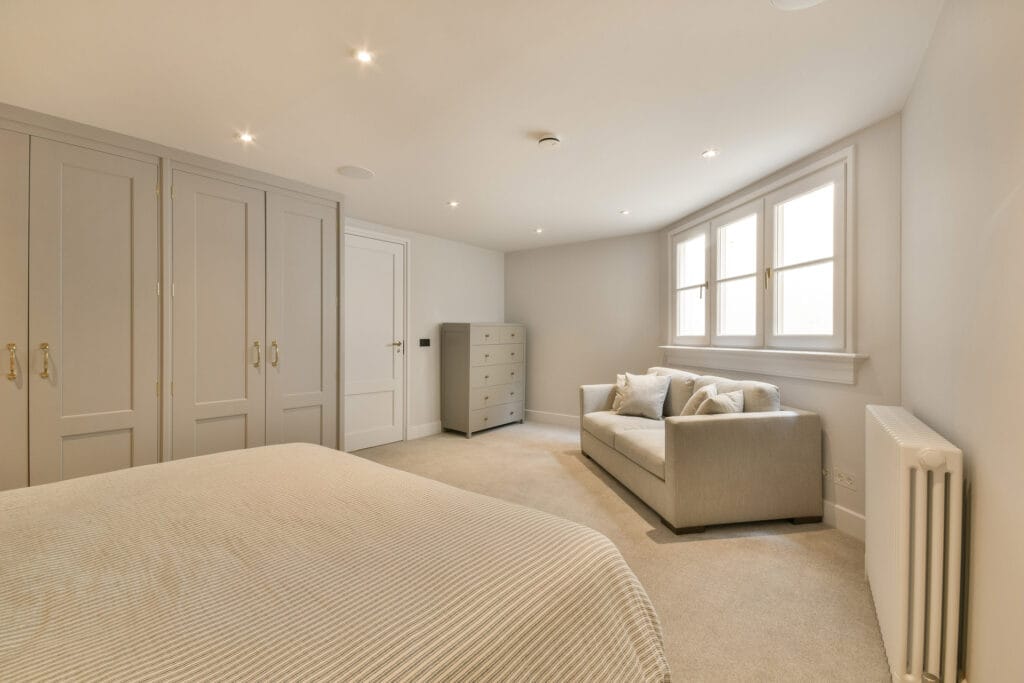Affordable Solutions for Damp Issues: Fix Problems Without Breaking the Bank
|
We have a wet climate here in the United Kingdom and that means property owners must be vigilant regarding the prevention of rising or penetrating damp. If left unaddressed, damp can cause thousands of pounds worth of damage and with that in mind, here are a few affordable ways to help prevent dampness in the home.
- Create an airflow – Opening the bathroom windows regularly will help remove moisture and condensation, the same goes for the kitchen and indeed, any room in the house. This is not something you want to do in the winter, as your heat will disappear, but if you do let fresh air into the home, it will reduce the risk of mould and mildew.
- Inspect all timber window and door frames – If you regularly get condensation on the windows, this moisture can cause damage to the timber; keep an eye out for signs of mould and mildew and also for woodworm and dry rot.
- Heat all the rooms in the house – If you have rooms that you don’t use, you have probably turned off the radiators, which is understandable, yet you should heat these rooms once or twice a week, as this removes moisture from the air.
- Check the exterior brickwork at the building line – Where the house meets the ground is one place to closely inspect the material, looking for signs of moss growth and rising damp. Good drainage reduces the risk of rising damp, as water does not collect, rather it drains into the soil.
- Order an independent damp survey – If you want to be sure that your home is free from damp, mould and mildew, call us on 020 8528 3864 or fill in the online form on our website. If you are planning to buy a property, we recommend that you order a homebuyer damp survey, which will give you peace of mind and should there be any issues, we are happy to quote for the work.
- Keep the bathroom door closed after taking a bath or shower – Open a window to release the moisture and condensation and after 15 minutes, you can open the door. A bathroom with zero ventilation is a recipe for disaster, you could install a small extractor fan and run that during bath/shower time and for an hour afterwards. Keeping condensation from entering other areas is a good way to prevent dampness and mould growth; be observant and should you find any issues, call in our team for a quote.
- Check walls and ceilings for damp patches – Take your time and make sure you check all rooms, especially the kitchen and bathroom, looking for signs of dampness and mould. Wiping window frames with a dry cloth will effectively remove condensation and allow rooms to ventilate by opening windows.
If you are planning to purchase a property in the London area, we recommend ordering a homebuyer damp survey, as this will give you an accurate picture of any dampness that might be damaging the property.

